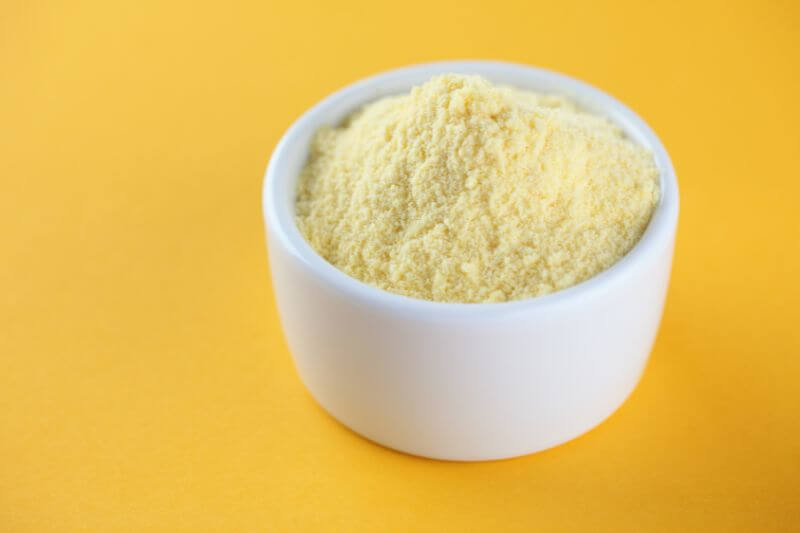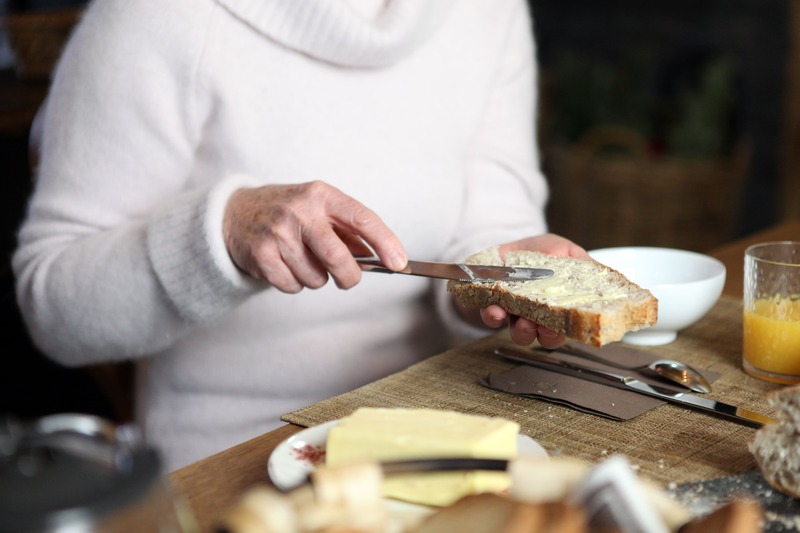The low-residue diet, which excludes both plant and animal foods high in fiber, is not designed for achieving the perfect beach body this summer. In fact, starchy foods are the main staples of this diet! Contrary to popular belief, this dietary adjustment is not intended for weight loss; it is typically prescribed to alleviate the strain on a sensitive intestine or as preparation for a colonoscopy. So, who should consider a low-residue diet? How can one structure their meals around these restrictions? Let’s delve into the details.
The low-residue diet is quite restrictive and removes many foods, especially fruits and vegetables. Recommended by healthcare professionals before a colonoscopy, it also aids those suffering from Crohn’s disease.
Reasons to Follow a Low-Residue Diet
What Does a Low-Residue Diet Entail?
The primary goal of a low-residue diet is to reduce stool volume by eliminating undigested food residues. It aims to remove fiber-rich foods such as fruits, vegetables, nuts, grains, and certain animal-based fibers. A fiber-rich diet can affect intestinal function, potentially leading to digestive discomfort due to accelerated transit time.
Thus, this dietary adjustment helps to ease bowel work, protect mucous membranes, and reduce discomfort. However, it should not be followed long-term, as it can lead to issues like nutritional deficiencies and constipation. Adhere closely to your healthcare provider’s guidance.
Who Should Follow This Dietary Approach?
The low-residue diet is primarily advised before a colonoscopy to prepare the intestines. It might also be recommended prior to surgeries involving the rectum, colon, or anus. A normal diet can slowly be reintroduced following hospitalization.
Reducing fiber can benefit individuals experiencing bouts of diarrhea symptomatic of Crohn’s disease or ulcerative colitis. After such inflammatory episodes, it is advisable to transition back to a balanced and varied diet while considering individual digestive tolerances. Ideally, consulting a specialized dietitian or gastroenterologist is recommended.
What to Eat and Avoid
Types of Low-Residue Diets
Based on individual needs and health conditions, there are two types of low-residue diets: strict and modified.
Strict Low-Residue Diet: As its name indicates, this variant completely eliminates fruits and vegetables due to their high fiber content. Additionally, certain foods can speed up intestinal transit or irritate the intestinal lining, including nuts, dairy products, fatty cooked foods, high-fat meats, intense spices, carbonated drinks, and alcohol. This list is not exhaustive and should be strictly avoided. However, you can consume starchy foods freely, with pasta, rice, or semolina being your greatest allies in this diet.
Modified Low-Residue Diet: This variant is easier to follow as it allows a broader range of foods in controlled, reasonable amounts. Nonetheless, fruits and vegetables remain off-limits. The specifics of this diet should be tailored to the individual’s profile and health conditions.
Low-Residue Diet Guidelines
| AUTHORIZED FOODS | PROSCRIBED FOODS | |
| Fruits and Vegetables | None | All fruits and vegetables without exception |
| Dairy Products | In limited amounts: Yogurts, cottage cheese, creams, flavored dairy | All types of milk (cow, goat, sheep) |
| Cheese | All cooked cheeses, gruyère, gouda, emmental, comté, cantal, etc. | Fermented cheeses, including blue cheese, Roquefort, etc. |
| Fish, Shellfish, and Crustaceans | Baked or grilled fish fillets, lobsters, mussels, shrimp | Fish in sauce, fried, smoked, salted, dried, in oil, seasoned, or with white wine, snails |
| Meats | Lean meats, grilled, roasted, or boiled: beef, horse, veal, lean lamb chops, lean ham, poultry without skin, liver, brain | Fatty, smoked, salted meats; game, offal, raw meats, processed meats (except lean ham); kidneys, tripe |
| Eggs | Soft-boiled, poached, or hard-boiled eggs | Any fried eggs or omelets |
| Bread | Stale white bread, toasted bread, dry biscuits | Fresh, warm, whole grain or rye bread |
| Potatoes | Steamed, mashed, or boiled potatoes | Fried potatoes, chips, sautéed potatoes, potato stews |
| Starches / Cereals | Pasta, rice, semolina, tapioca | Whole grains, unrefined cereals, cereal flakes, lentil or pea puree |
| Sweets | Sugar, honey, preserves, fruit pastes, dark chocolate, dry biscuits | Ices and sorbets, puff pastries |
| Fats | Butter, margarine, oils (raw), cream | All cooked fats, frying oils, burnt butter, lard, or bacon fat |
| Beverages | Still water, tea, coffee, limited fruit juices, syrups, wine and alcoholic drinks in moderation | Sparkling water, sodas |
| Miscellaneous | Salt, vinegar, ordinary mustard (seedless), fresh herbs (in small quantities), vegetable broth, dehydrated chicken broth | Flax seeds, chia seeds, sesame seeds, pumpkin seeds, spices, dried herbs, tomato sauce, grainy mustard |
This low-residue diet should strictly follow your doctor’s guidance.
IMPORTANT NOTE
The low-residue diet is meant to be adhered to for a short period, typically between 3 to 7 days maximum, due to potential adverse effects. Prolonging this diet can lead to issues such as constipation, fatigue, and deficiencies in iron, vitamins, and minerals.







